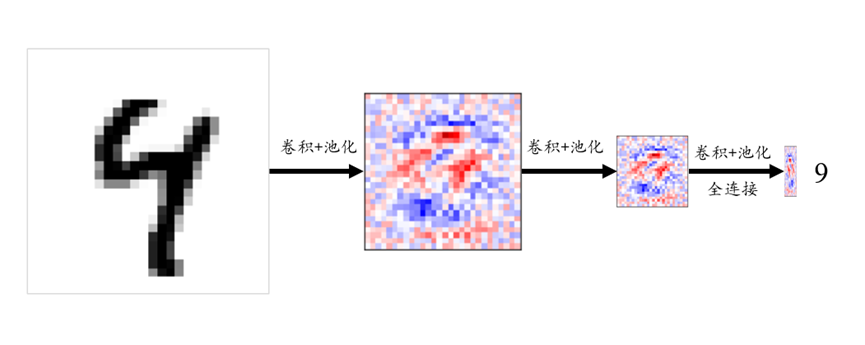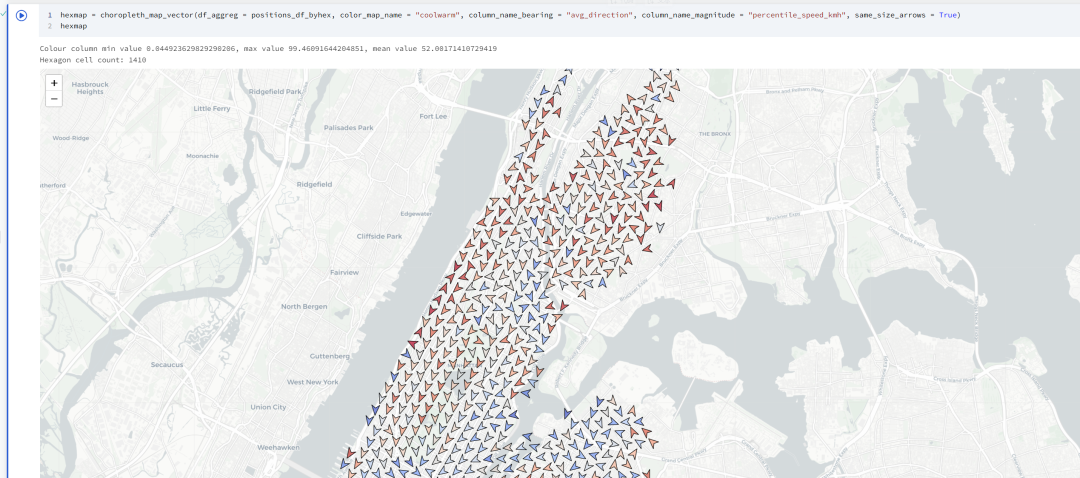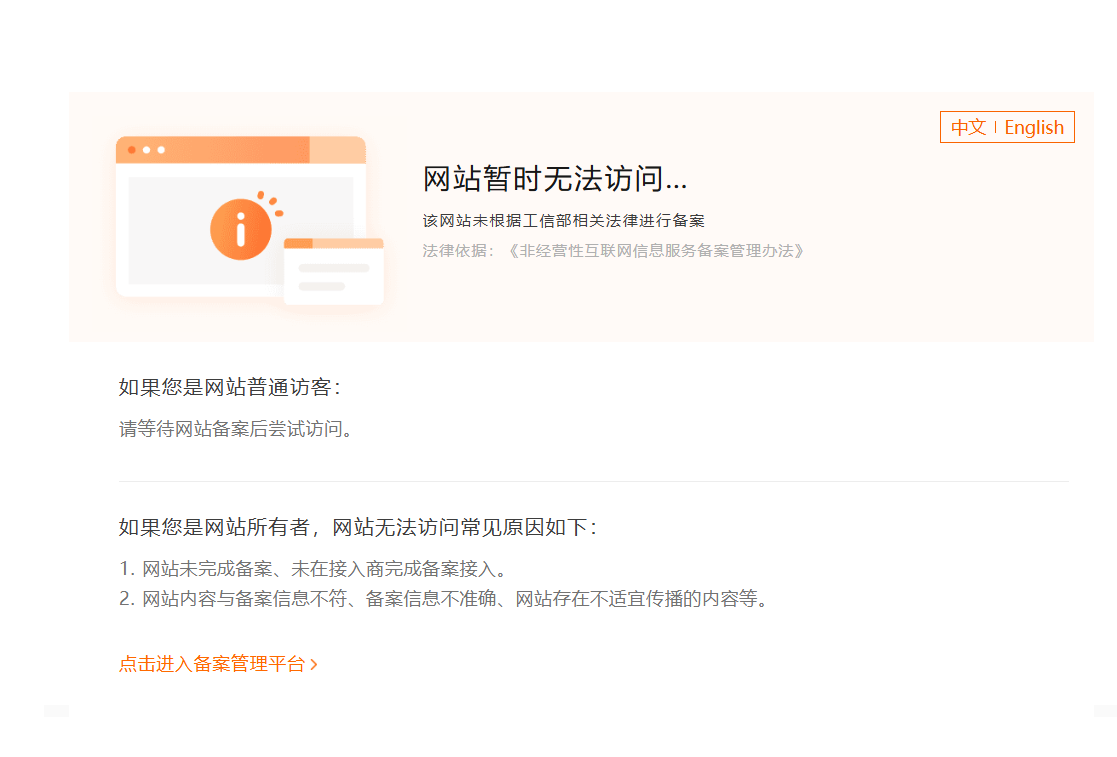目录
1.MVC相关概念
核心思想:
主要作用:
2.基于Servlet实现MVC
组成部分:
案例
实验步骤:
新建maven项目SpringMvcDemo
删除src目录并添加子模块MvcServlet
编辑
导入相关依赖:
编写servlet
注册Servlet
编写输入页面index.jsp
编写结果回显页面result.jsp
3.配置Tomcat
操作步骤
配置tomcat—运行配置进入方式
配置tomcat—添加运行配置
配置tomcat—配置web服务器
配置tomcat—部署工件
配置tomcat—设置应用程序上下文
编辑 启动测试
1.MVC相关概念
MVC 是模型 (Model) 、视图 (View) 、控制器 (Controller) 的简写,是一种软件设计规范
Model :提供要展示的数据,包含数据和行为
View :负责进行模型的展示并向控制器提交数据请求,一般即为用户界面
Controller :接收用户请求,委托给模型进行处理(状态改变),处理完毕后把返回的模型数据传递给视图,由视图负责展示
核心思想:
将业务逻辑、数据、显示分离
主要作用:
降低视图与业务逻辑间的双向偶合
2.基于Servlet实现MVC
组成部分:
Model :一个或多个 JavaBean 对象(数据访问对象和业务逻辑对象)
View :一个或多个 JSP 页面,用于展示数据和提交表单请求
Controller :一个或多个 Servlet 对象,接收视图请求并交由 Model 处理,将处理结果输出给 View 显示

案例
基于 Servlet 的 MVC 模式实现
设计输入页面,输入用户名
提交 servlet
回显输入值,完成交互
实验步骤:
新建项目模块
导入相关依赖
编写 servlet
注册 servlet
编写输入页面
编写回显页面
配置 web 服务器
运行验证
新建maven项目SpringMvcDemo

删除src目录并添加子模块MvcServlet
导入相关依赖:
<project xmlns="http://maven.apache.org/POM/4.0.0" xmlns:xsi="http://www.w3.org/2001/XMLSchema-instance"xsi:schemaLocation="http://maven.apache.org/POM/4.0.0 http://maven.apache.org/maven-v4_0_0.xsd"><modelVersion>4.0.0</modelVersion><parent><groupId>org.flowerfog</groupId><artifactId>SpringMvcDemo</artifactId><version>1.0-SNAPSHOT</version></parent><artifactId>MvcServlet</artifactId><packaging>war</packaging><name>MvcServlet Maven Webapp</name><url>http://maven.apache.org</url><dependencies><!--junit5测试--><dependency><groupId>org.junit.jupiter</groupId><artifactId>junit-jupiter-api</artifactId><version>5.3.1</version></dependency><!--spring-webmvc--><dependency><groupId>org.springframework</groupId><artifactId>spring-webmvc</artifactId><version>6.1.13</version></dependency><!--servlet--><dependency><groupId>javax.servlet</groupId><artifactId>javax.servlet-api</artifactId><version>4.0.1</version></dependency><dependency><groupId>javax.servlet.jsp.jstl</groupId><artifactId>jstl</artifactId><version>1.2</version></dependency></dependencies><build><finalName>MvcServlet</finalName></build>
</project>编写servlet
package org.flowerfog.servlet;import javax.servlet.ServletException;
import javax.servlet.http.HttpServlet;
import javax.servlet.http.HttpServletRequest;
import javax.servlet.http.HttpServletResponse;
import java.io.IOException;public class HelloServlet extends HttpServlet {@Overrideprotected void doGet(HttpServletRequest req, HttpServletResponse resp) throws ServletException, IOException {//1.获取前端参数String userName = req.getParameter("userName");//2.调用业务层String result="欢迎:"+userName;//3.视图转发或者重定向req.getSession().setAttribute("msg",result);req.getRequestDispatcher("/result.jsp").forward(req,resp);}@Overrideprotected void doPost(HttpServletRequest req, HttpServletResponse resp) throws ServletException, IOException {doGet(req, resp);}
}注册Servlet
<?xml version="1.0" encoding="UTF-8"?>
<web-app xmlns="http://xmlns.jcp.org/xml/ns/javaee"xmlns:xsi="http://www.w3.org/2001/XMLSchema-instance"xsi:schemaLocation="http://xmlns.jcp.org/xml/ns/javaeehttp://xmlns.jcp.org/xml/ns/javaee/web-app_4_0.xsd"version="4.0"><display-name>Archetype Created Web Application</display-name><servlet><servlet-name>hello</servlet-name><servlet-class>org.flowerfog.servlet.HelloServlet</servlet-class></servlet><servlet-mapping><servlet-name>hello</servlet-name><url-pattern>/hello</url-pattern></servlet-mapping>
</web-app>编写输入页面index.jsp
<%--Created by IntelliJ IDEA.User: flowerfogDate: 2024/11/11Time: 8:34To change this template use File | Settings | File Templates.
--%>
<%@ page contentType="text/html;charset=UTF-8" language="java" %>
<html>
<body>
<%String prefix = request.getContextPath();
%>
<h2>Hello World!</h2>
<form action="<%=prefix%>/hello" method="post"><input type="text" name="userName" placeholder="请输入姓名" /><input type="submit" value="提交" />
</form>
</body>
</html>编写结果回显页面result.jsp
<%--Created by IntelliJ IDEA.User: flowerfogDate: 2024/11/11Time: 8:41To change this template use File | Settings | File Templates.
--%>
<%@ page contentType="text/html;charset=UTF-8" language="java" %>
<html>
<head><title>hello test</title>
</head>
<body>
<div>${msg}</div>
</body>
</html>3.配置Tomcat
操作步骤
① 添加运行配置
② 配置 Web 服务器
③ 部署工件
④ 配置应用程序上下文
配置tomcat—运行配置进入方式

配置tomcat—添加运行配置

配置tomcat—配置web服务器

配置tomcat—部署工件

配置tomcat—设置应用程序上下文
 启动测试
启动测试


















![[阻塞队列]](https://i-blog.csdnimg.cn/direct/c0e711d9bbc14145a74353c2a7649747.jpeg)


